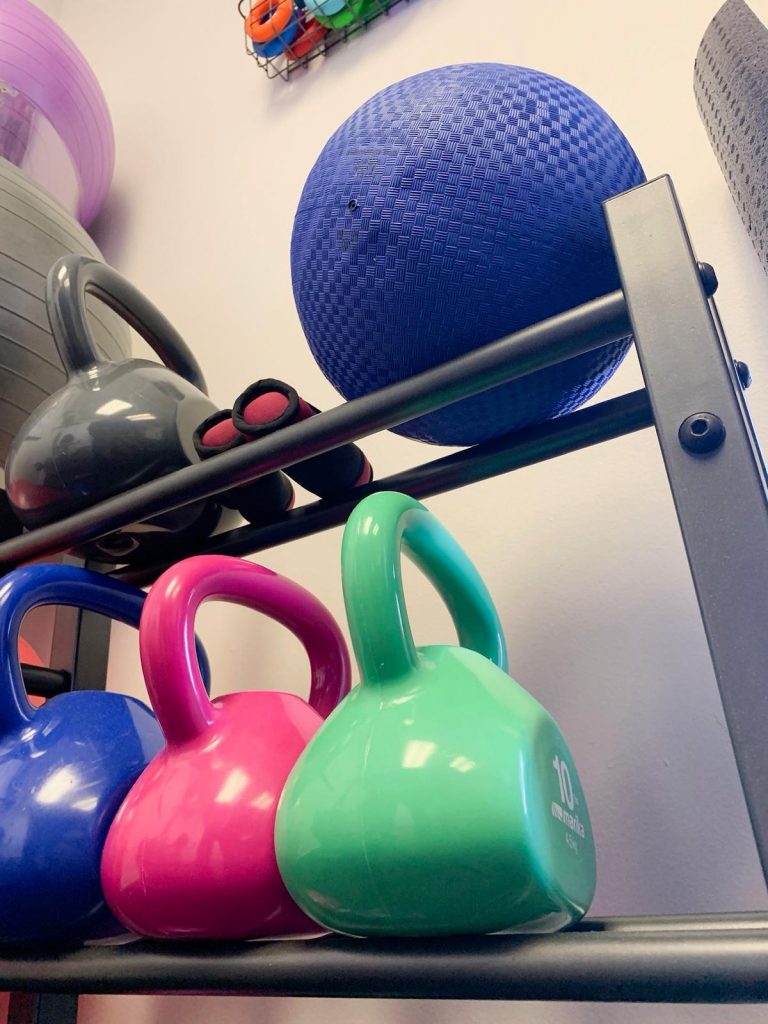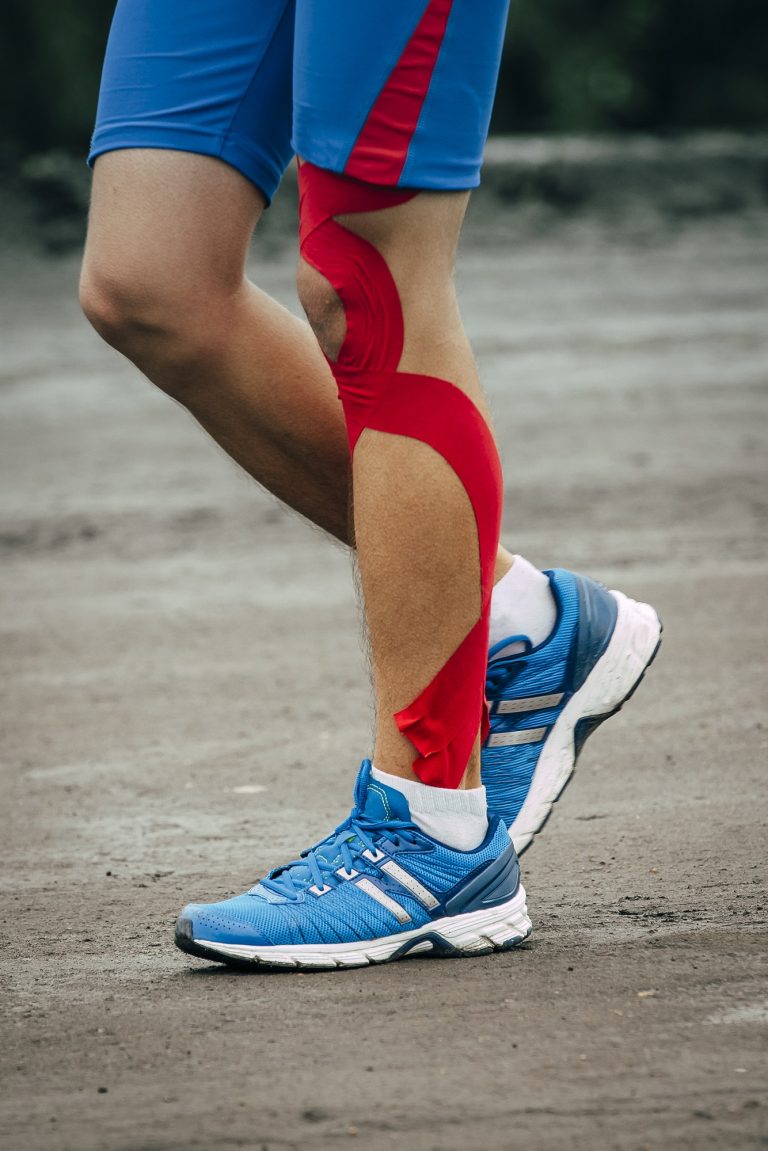Physical Therapy
Physical Therapy
THE BENEFITS OF PHYSICAL THERAPY AFTER AN AUTO INJURY
If you’ve been in a car accident, the odds are high that you sustained some kind of injury. Depending on how serious the accident is, you might have only minor injuries such as cuts, bruises, or a sprain. More serious injuries might include broken bones, herniated discs, whiplash, brain injury, or damage to internal organs. What’s more, many people are in a state of shock after an accident, and may not notice certain muscle or joint pains right away.
Regardless of the severity of your auto accident injuries, the pain can interfere with your life and progress over time.
If you sustain any musculoskeletal-related injuries from an auto accident such as back or neck pain, arm or leg pain, pinched nerves, muscle pain, or fractures, you should see your primary care doctor or go directly to an orthopedist and request a referral for physical therapy.
Some of the benefits you’ll experience frorn therapy include:

- Pain relief. Physical therapists can help relieve muscle, joint, ligament, tendon, and nerve pain using manual (hands-on) therapy techniques, or therapeutic exercise.
- Minimize use of pain medications. The pain relief you experience from physical therapy may help decrease your need to take pain medication or shorten the length of time you need it.
- Accelerate your recovery. Physical therapy promotes healing by restoring function and mobility. Your physical therapist will work with you to improve your flexibility, strength, and range of motion.
- Prevent chronic symptoms. Injury syrup thorns may worsen over time, even lingering for months or years after the car accident. Accident victims who do not receive physical therapy are more likely to experience chronic pain as well as degenerative disc disease later in life. That’s why it’s vitally important to begin physical therapy sooner, rather than later.
- Avoid or delay the need for surgery. Depending on your injury, physical therapy can help you heal to the point that surgery is not necessary. If you do end up needing surgery, physical therapy rnay make it possible for the orthopedic surgeon to use a less invasive approach. Plus, therapy both before and after surgery will speed your post-op recovery
Physical therapy (PT) is care that aims to ease pain and help you function, move, and live better.
Physical therapy is an exercise treatment for patients who have been immobilized or impaired in their movement and flexibility. Patients are rehabilitated to use their own muscles to increase flexibility and range of motion as well as to advance to higher levels of muscular strength and endurance. To relieve pain and reduce swelling, physical therapy often includes the use of modalities, or passive physical therapy, such as electrical stimulation, hot packs, cold compresses, and ultrasound. Traction or deep-tissue massage may also be used to relieve pain. When necessary, therapists teach patients to use assistive and adaptive devices (such as crutches) as well as exercises to do at home to speed the recovery.
You may need it to:
- Relieve pain
- Improve movement or ability
- Prevent or recover from a sports injury
- Prevent disability or surgery
- Rehab after a stroke, accident, injury, or surgery
- Work on balance to prevent a slip or fall
- Manage a chronic illness like diabetes, heart disease, or arthritis
- Recover after you give birth
- Control your bowels or bladder
- Adapt to an artificial limb
- Learn to use assistive devices like a walker or cane
- Get a splint or brace
People of all ages get physical therapy. It can treat a variety of health problems.

Sports Injuries and Physical Therapy
Physical therapists need to identify and understand the injured structure and the extent of the injury before planning on treating it.
The rehabilitation of an injured player should carefully and meticulously be evaluated regularly. Injuries are time-dependent, meaning that the normal healing process of the body follows a pattern of the acute phase, subacute phase, and chronic phase.
The acute phase involves the R.I.C.E. (Rest-Ice-Compression-Elevation) notion, which lets healing take place and controls inflammation.
The subacute phase is a control motion phase. The chronic phase is also a return to function phase in which the athlete gradually returns to pre-injury workout schedules.
> > What are the common ways that athletes get hurt? < <
Depending on the kind of sports athletes participate in, they may be at risk for one or more of these kinds of injuries:
- Ankle injuries – Just about any athlete who runs a lot is at risk for an ankle injury. If the athlete rolls his ankle or if he twists it, he can strain or tear its connective tissue.
- Pulled muscles – Overusing the muscles, especially muscles that are tired after a long period of workout and performance can cause them to stretch or tear. This is prevalent in different areas of the legs because of constant running, jumping and switching back and forth that almost all kinds of sports require.
The Benefits of Physical Therapy After a Work Injury
When an employee gets injured at work, you want him or her to receive the best treatment possible so the employee can quickly return to health — and to work. But not all treatments are the sarne nor do they yield the sarne results. The best return-to-work plan for injured employees should involve.
